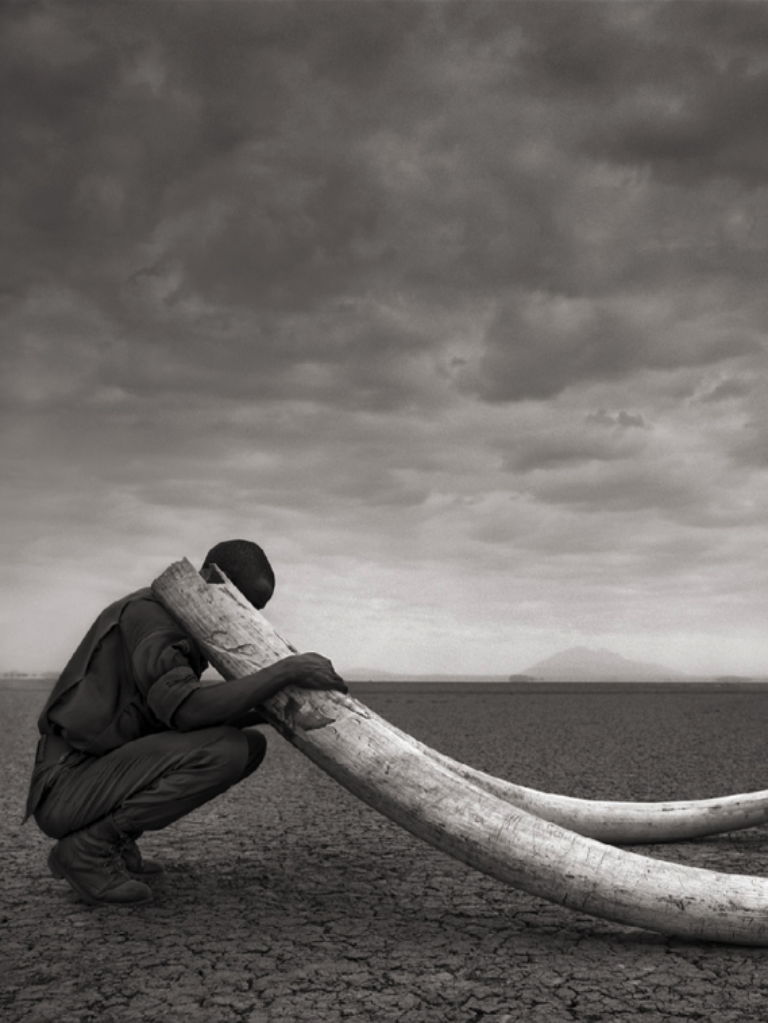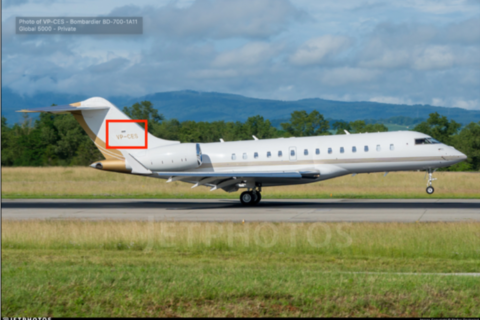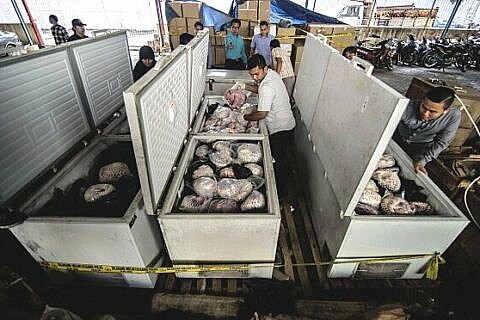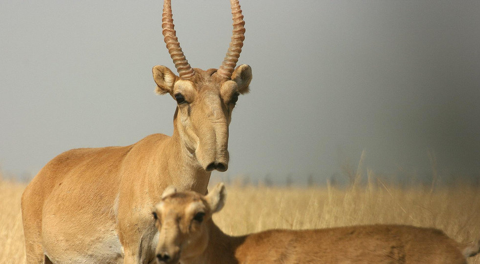Ivory’s Curse

An examination of how profits from elephant poaching empower a wide range of conflict actors across Africa.
Executive Summary #
Elephant ivory poaching is no longer solely a conservation issue. As poaching reaches levels that threaten to render African elephants near-totally extinct within the next ten years, it also funds a wide range of destabilizing actors across Africa, with significant implications for human conflict. A single elephant yields 10kg of ivory worth approximately $30,000; a conservative estimate is that 23,000 elephants were killed in 2013. With the true figure likely much higher, the ivory trade could be worth as much as a billion dollars annually, and will likely increase with the escalating retail price of ivory. This report provides detailed case studies of how these profits empower a wide range of African conflict actors:
- From Sudan, government-allied militias complicit in the Darfur genocide fund their operations by poaching elephants hundreds of miles outside North Sudan’s borders.
- In the Democratic Republic of Congo, state security forces patronize the very rebels they are supposed to fight, providing weapons and support in exchange for ivory.
- Zimbabwean political elites, including those under international sanction, are seizing wildlife spaces that either are, or likely will soon be, used as covers for poaching operations.
- In East Africa, al-Shabaab and Somali criminal networks are profiting off Kenyan elephants killed by poachers using weapons leaked from local security forces.
- Mozambican organized crime has militarized and consolidated to the extent it is willing to battle the South African army and well-trained ranger forces for rhino horn.
- In Gabon and the Republic of Congo, ill-regulated forest exploitation is bringing East Asian migrant laborers, and East Asian organized crime, into contact with Central Africa’s last elephants.
- In Tanzania, political elites have aided the industrial-scale depletion of East Africa’s largest elephant population.
In short, ivory poaching has significant human impact. At the most macro level, the ivory trade is essentially a large-scale illicit resource transfer from Africa to Asia; on the ground, however, ivory is bush currency for militants, militias, and terrorists, and one of the most valuable pieces of illicit contraband for organized criminals and corrupt elites.
The modern ivory trade was built on war, and elephant poaching remains highly militarized, empowering a wide range of conflict actors and transforming the nature of wildlife conservation in Africa. Park managers and conservation NGOs have already been forced into roles as de facto soldiers and policemen, and the pace and professionalization of poaching show no signs of abating. Finally, as elephant populations disappear in Central Africa, and the price of ivory continues to rise, poaching will continue to displace into Eastern Africa, and will likely soon appear in still-secure ranges in Southern Africa.
This study was based on extensive C4ADS interviews and correspondence; public records research; local, international, and native language reporting; social media; analysis of available datasets from governments, NGOs, and other sources; and other forms of open-source research. The mention of any individual, company, organization, or other entity in this report does not imply the violation of any law or international agreement, and should not be construed as such.






